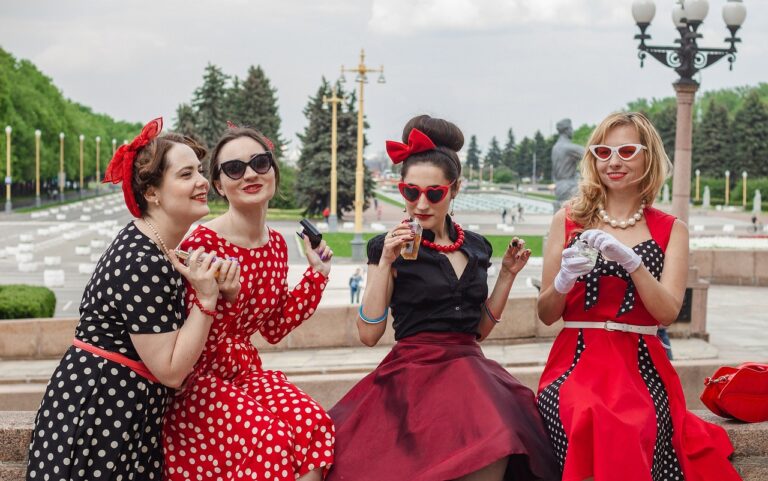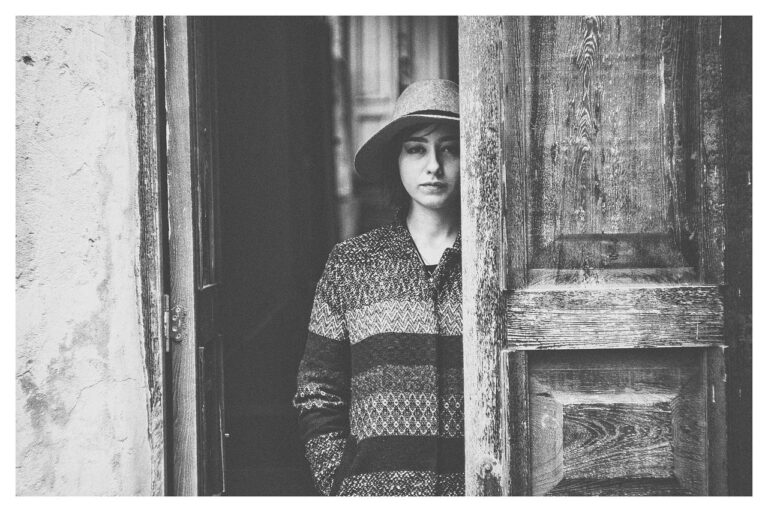The Influence of Surrealism on Fashion: Dreamlike Designs and Imagery
Surrealism emerged in the early 1920s as a response to the horrors of World War I, with artists seeking to challenge conventional artistic methods and explore the power of the subconscious mind. The movement was heavily influenced by the psychoanalytic theories of Sigmund Freud, particularly the idea of tapping into the unconscious to reveal hidden truths and desires.
Led by French writer Andre Breton, Surrealism quickly gained traction as a revolutionary force in the art world, encompassing various forms of creative expression such as painting, literature, film, and even sculpture. Artists like Salvador Dali, Max Ernst, and Rene Magritte became prominent figures in the Surrealist movement, pushing boundaries and creating works that defied traditional artistic norms.
• Surrealism emerged in the early 1920s as a response to World War I
• Artists sought to challenge conventional artistic methods and explore the subconscious mind
• Influenced by Sigmund Freud’s psychoanalytic theories
• Led by Andre Breton, Surrealism became a revolutionary force in the art world
The Surrealist movement was characterized by its rejection of rationality and embrace of irrationality, dreams, and the unconscious. Artists often used dream-like imagery, unexpected juxtapositions, and bizarre elements in their work to create a sense of disorientation and surprise for viewers. This unconventional approach to art challenged societal norms and encouraged viewers to question reality and explore their own subconscious thoughts.
Surrealist artists also placed a strong emphasis on automatic writing and drawing techniques, allowing their subconscious minds to guide their creative process without conscious interference. This spontaneous method of creation was believed to reveal deeper truths about the human experience that could not be accessed through traditional means.
• Surrealists rejected rationality in favor of irrationality
• Used dream-like imagery and unexpected juxtapositions in their work
• Emphasized automatic writing and drawing techniques guided by the subconscious mind
Key Surrealist Artists
Salvador Dali is one of the most well-known Surrealist artists. His iconic artwork, such as “The Persistence of Memory,” features melting clocks and dreamlike landscapes that capture the essence of the Surrealist movement. Dali’s eccentric personality and flamboyant style made him a prominent figure in the art world during the 20th century.
René Magritte is another key Surrealist artist, known for his thought-provoking paintings that challenge the viewer’s perception of reality. His work often features everyday objects in unexpected contexts, creating a sense of mystery and intrigue. Magritte’s use of witty visual puns and clever symbolism set him apart as a master of Surrealist art.
Characteristics of Surrealist Art
Surrealist art often features dream-like imagery, unexpected juxtapositions, and a focus on the subconscious mind. Artists sought to unlock the power of the unconscious through their creations, embracing both the irrational and the fantastical. This resulted in artworks that challenged traditional notions of reality and representation, inviting viewers to explore the depths of their own minds.
Symbolism played a key role in surrealist art, with many artists incorporating symbolic elements to convey deeper meanings and evoke emotional responses. By tapping into the realm of dreams and the unconscious, surrealist artists aimed to disrupt conventional thinking and spark new perspectives among their audiences. The use of strange, otherworldly imagery and unusual combinations of objects became hallmarks of the surrealist movement, pushing the boundaries of artistic expression and inviting viewers to question the nature of reality.
What is the history of the Surrealism movement?
Surrealism was a cultural movement that began in the early 1920s, with the aim of expressing the unconscious mind through art. It was heavily influenced by the theories of psychoanalysis, particularly those of Sigmund Freud.
Who were some key Surrealist artists?
Some key Surrealist artists include Salvador Dali, René Magritte, Max Ernst, Joan Miró, and André Breton.
What are some characteristics of Surrealist art?
Some key characteristics of Surrealist art include dream-like imagery, unexpected juxtapositions, irrational composition, and a focus on the subconscious mind. Surrealist art often challenges traditional notions of reality and seeks to provoke emotional responses in the viewer.







